Choosing an LED sign feels complicated, right? Make the wrong choice, and you waste money or miss opportunities. Let me help you pick the perfect sign easily.
Choose the right LED sign by considering its location (indoor or outdoor needs differ), the viewing distance (this impacts brightness and resolution), your budget (balancing cost and features), and ensuring the design perfectly matches your brand identity for consistency.
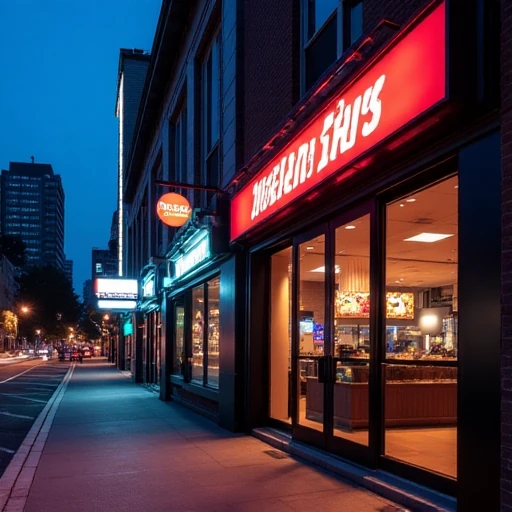
Getting the right sign can really make a difference for your business visibility. It’s more than just a light; it’s a communication tool. Let’s break down exactly what you need to think about, step-by-step, so you feel confident in your decision. We’ll explore the key factors together.
Indoor vs. Outdoor LED Signs: What’s the Difference?
Confused about whether an indoor sign can work outside? Using the wrong type can lead to quick damage or a sign nobody can see. Let’s clarify the essential differences.
The main difference is durability and brightness. Outdoor LED signs need strong weatherproofing (like IP ratings), much higher brightness to compete with sunlight, and robust materials. Indoor signs focus more on sharp resolution for closer viewing.
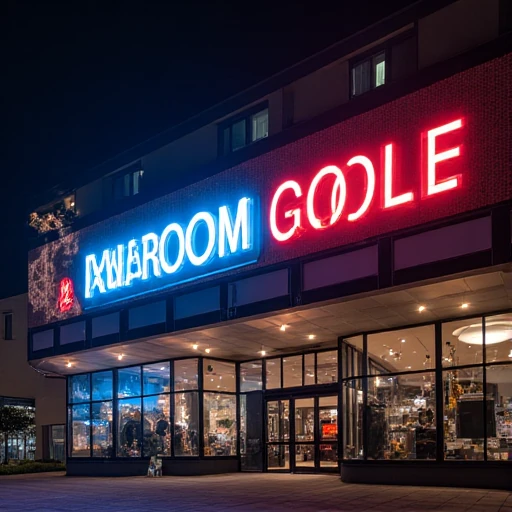
Let’s dive deeper into why these differences matter so much for your investment and effectiveness. Choosing correctly ensures your sign lasts and performs as expected. In my experience helping clients over the past 14 years, this is often the first, most crucial decision.
Key Differences Breakdown
The environment dictates the sign’s construction. Outdoor signs face rain, dust, temperature swings, and direct sunlight. They need sealed enclosures, often with IP (Ingress Protection) ratings like IP65 or higher, to keep water and particles out. Indoor signs are in climate-controlled spaces, so they don’t need that heavy protection. They can be lighter and sometimes use less industrial-looking materials.
Material Choices Matter
For outdoor signs, we rely on durable materials. Think corrosion-resistant metals like 304 stainless steel or aluminum for the structure, and UV-resistant plastics or acrylics for faces. We use high-quality, 100% virgin acrylic that won’t yellow quickly in the sun. Indoor signs allow for a wider range of aesthetic materials, sometimes focusing more on finish than extreme resilience. For example, a polished copper finish might be great indoors but less practical outdoors without special treatment.
Weatherproofing Essentials
This isn’t just about rain. It includes protection against dust, humidity, and extreme temperatures. Proper sealing, ventilation (if needed for heat), and conformal coating on electronics are vital for outdoor signs to prevent failure. We ensure all our outdoor signs meet stringent standards, backed by certifications like UL or CE where applicable, giving clients peace of mind.
Here’s a simple table summarizing the main points:
| Feature | Indoor LED Sign | Outdoor LED Sign |
|---|---|---|
| Brightness | Lower (300 – 2,000 nits) | Higher (5,000 – 10,000+ nits) |
| Resolution | Often higher (closer viewing) | Can be lower (further viewing) |
| Durability | Standard | High (weatherproof, UV resistant) |
| Materials | Wider aesthetic range | Robust metals, high-grade plastics |
| Weatherproof | Not required | Essential (e.g., IP65+) |
| Cost | Generally lower | Generally higher |
Understanding these distinctions ensures you get a sign built for its specific environment, maximizing its lifespan and impact.
Brightness & Resolution: Matching Your Environment?
Is your sign barely visible in daylight, or maybe pixelated up close? A mismatch here means your message gets lost and your investment doesn’t pay off. Let’s fix that.
Match brightness (measured in nits) to ambient light – higher for outdoors/sunlight. Match resolution (pixel pitch) to viewing distance – higher resolution (smaller pitch) for close viewing, lower for far away. Getting this balance right ensures clarity.
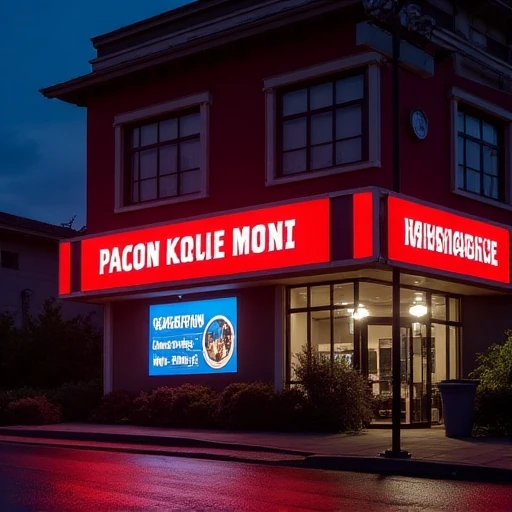
These two factors, brightness and resolution, are critical for readability. They work together, but you need to understand each one to make the best choice for your specific location and how customers will see your sign. Let me share some insights from projects we’ve handled.
Understanding Brightness (Nits)
Brightness is measured in nits (candela per square meter). An indoor sign in a mall might only need 1,000 nits. But an outdoor sign facing direct sunlight needs at least 5,000 nits, often 7,000 nits or more, just to be easily visible. We often recommend even higher brightness for maximum impact in challenging light conditions. Using an indoor-brightness sign outdoors is a common mistake – it looks washed out. We use high-quality LEDs and reliable power supplies like Meanwell to ensure consistent, lasting brightness.
Decoding Resolution and Pixel Pitch
Resolution refers to the clarity of the image. In LED signs, it’s determined by pixel pitch – the distance between the centers of adjacent LED pixels, measured in millimeters (mm). A smaller pixel pitch (e.g., P3, P4) means more pixels packed into the same area, resulting in a sharper image suitable for close viewing distances. A larger pixel pitch (e.g., P10, P16) is fine for signs viewed from far away, like roadside billboards. Choosing too low a resolution for close viewing makes text and images look blocky or unclear.
Viewing Distance is Key
The optimal viewing distance is directly related to pixel pitch. A general rule of thumb is that the minimum viewing distance in meters is roughly equal to the pixel pitch in millimeters. For example, a P10 sign (10mm pitch) looks best from about 10 meters away or more. For a storefront sign viewed from the sidewalk (maybe 3-5 meters), you’d want a smaller pitch like P3 or P4. We always ask clients about the intended viewing distance to recommend the perfect resolution.
Here’s a guide:
| Viewing Distance | Environment | Recommended Pixel Pitch (Approx.) | Recommended Brightness (Nits) |
|---|---|---|---|
| < 5 meters | Indoor | P1.5 – P4 | 500 – 1,500 |
| 5 – 10 meters | Indoor / Shaded | P4 – P6 | 1,000 – 2,500 |
| 10 – 20 meters | Outdoor / Bright | P6 – P10 | 5,000 – 7,000 |
| > 20 meters | Outdoor / Sunlight | P10 – P20 | 7,000 – 10,000+ |
Getting brightness and resolution right means your message is always clear and impactful, regardless of the conditions or how far away people are.
Balancing Budget and Functionality When Buying LED Signs?
Worried that a good LED sign will break the bank? But skimping too much might mean getting a sign that fails early or lacks needed features. Let’s find that sweet spot.
Balance budget and function by clearly defining essential features versus optional ones. Prioritize long-term value (durability, impact, warranty) over just the lowest initial cost. Good planning ensures you get the best ROI.
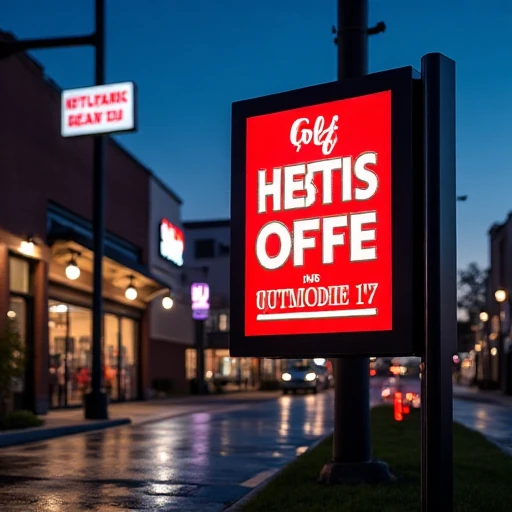
Investing in an LED sign is significant, so cost is always a factor. But focusing only on the price tag can be misleading. We need to think about what you actually get for your money and how it serves your business goals over time. I always advise clients to look beyond the initial quote.
What Drives LED Sign Costs?
Several factors influence the price:
- Size: Bigger signs naturally cost more due to materials and labor.
- Resolution (Pixel Pitch): Higher resolution (smaller pitch) means more LEDs, driving up the cost.
- Brightness: Higher brightness LEDs and required power supplies cost more.
- Indoor vs. Outdoor: Outdoor signs need weatherproofing and robust materials, adding to the cost.
- Complexity: Custom shapes, animations, full-color vs. single color, control systems all affect price.
- Materials & Components: Using premium materials (like 304 stainless steel, Meanwell power, quality LEDs) costs more upfront but pays off in longevity. We believe this is non-negotiable for quality.
- Installation: Complex installations require more resources.
Thinking Long-Term: ROI and Value
A cheaper sign might save money now, but if it fails in a year or looks poor, was it really a good investment? Consider the Return on Investment (ROI). A durable, bright, clear sign attracts more customers and lasts longer. Our signs come with 3-5 year warranties because we use quality components. This reduces long-term maintenance costs and provides peace of mind. Think about the sign’s lifespan and its potential to boost sales versus just the purchase price. Factory-direct pricing, like ours, can also offer better value by cutting out middlemen.
Customization and Budget
Customization is key for branding, but it can impact the budget. Simple LED channel letters cost less than a complex, full-color animated display. We work with clients, including startups and SMEs, to find solutions that fit their budget and meet their functional needs. Sometimes a slightly simpler design or size adjustment can make a project feasible without sacrificing core quality or impact. Free design rendering helps visualize this early on.
Here’s a table to help weigh options:
| Priority | Budget Focus | Functionality Focus | Balanced Approach |
|---|---|---|---|
| Goal | Lowest initial cost | Maximum features & impact | Best value & ROI |
| Materials | Basic | Premium | Quality essentials (e.g., power supply) |
| Features | Minimal | Advanced (animation, full color) | Core needs met effectively |
| Resolution | Minimum acceptable for distance | High resolution | Optimal for viewing distance |
| Lifespan | Potentially shorter | Longer | Long, backed by warranty |
| Consideration | Risk of early failure/replacement | Higher upfront investment | Smart investment in durability & impact |
Finding the right balance ensures your sign is an effective tool that fits your financial reality and provides value for years to come.
The Importance of Brand Consistency in Custom Designs?
Does your signage sometimes feel disconnected from your website or other marketing materials? Inconsistent branding confuses customers and dilutes your message. Let’s ensure your signs build your brand identity strongly.
Brand consistency across all touchpoints, including signs, builds recognition, trust, and professionalism. Custom LED signs must precisely use your brand’s colors, fonts, logo, and overall style to reinforce identity effectively.
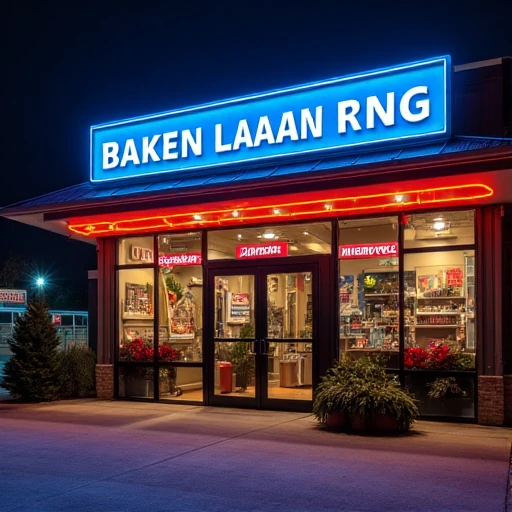
Your sign is often the first physical impression a customer has of your brand. It needs to speak the same visual language as everything else you do. Achieving this consistency, especially with custom designs, requires careful planning and execution. I’ve seen firsthand how a well-branded sign elevates a business.
Why Consistent Branding Matters
Think about iconic brands – you recognize their logo, colors, and style instantly. That’s the power of consistency. It achieves several key things:
- Recognition: Makes your business instantly identifiable.
- Trust: Projects professionalism and reliability. People trust what they recognize.
- Clarity: Avoids confusing customers with mixed messages or visuals.
- Loyalty: Consistent experiences build stronger customer relationships over time.
Your signage plays a huge role in this, especially for physical locations or representing your brand at events.
Achieving Consistency with Custom Signs
Custom LED signs offer amazing flexibility, but that freedom needs to be guided by your brand standards. Key elements include:
- Logo: Exact reproduction of your logo shape and proportions.
- Colors: Using precise brand colors (often specified by Pantone, RAL, CMYK, or RGB values). LED technology allows for a wide color gamut, but calibration is key. We use tools and quality LEDs to match colors accurately.
- Fonts: Using your specific brand fonts for any text elements.
- Style & Tone: Ensuring the sign’s overall design (e.g., modern, classic, playful) aligns with your brand personality. Our free rendering service helps visualize the sign within your brand context before production.
Working with Your Sign Provider
A good sign manufacturer acts as a brand partner. Provide them with your brand style guide if you have one. If not, provide clear files for logos, color codes, and font names. We work closely with advertising agencies and design studios, understanding the importance of executing their vision accurately. Our digitalized workflow ensures details aren’t lost between design, engineering, and production. For retail chains needing signs across multiple locations, consistency is paramount, and our mass production capabilities with strict QC ensure every sign matches.
Here’s a quick checklist:
| Consistency Check | Action Required | Provided to Sign Maker? |
|---|---|---|
| Logo Integrity | Use high-resolution vector logo file (AI, EPS) | Yes / No |
| Color Accuracy | Provide specific color codes (Pantone, RAL, etc.) | Yes / No |
| Typography | Specify exact brand fonts | Yes / No |
| Design Style | Discuss overall look & feel aligned with brand | Yes / No |
| Material Finish | Ensure finishes (matte, gloss) match brand aesthetic | Yes / No |
| Review Proof/Rendering | Carefully check digital proof before approval | Yes / No |
Investing time in ensuring brand consistency for your custom LED sign strengthens your overall brand presence and makes your investment work harder for you.
Conclusion
Choosing the right LED sign involves matching it to its location, ensuring visibility with proper brightness and resolution, balancing your budget with long-term value, and keeping designs consistent with your brand.
